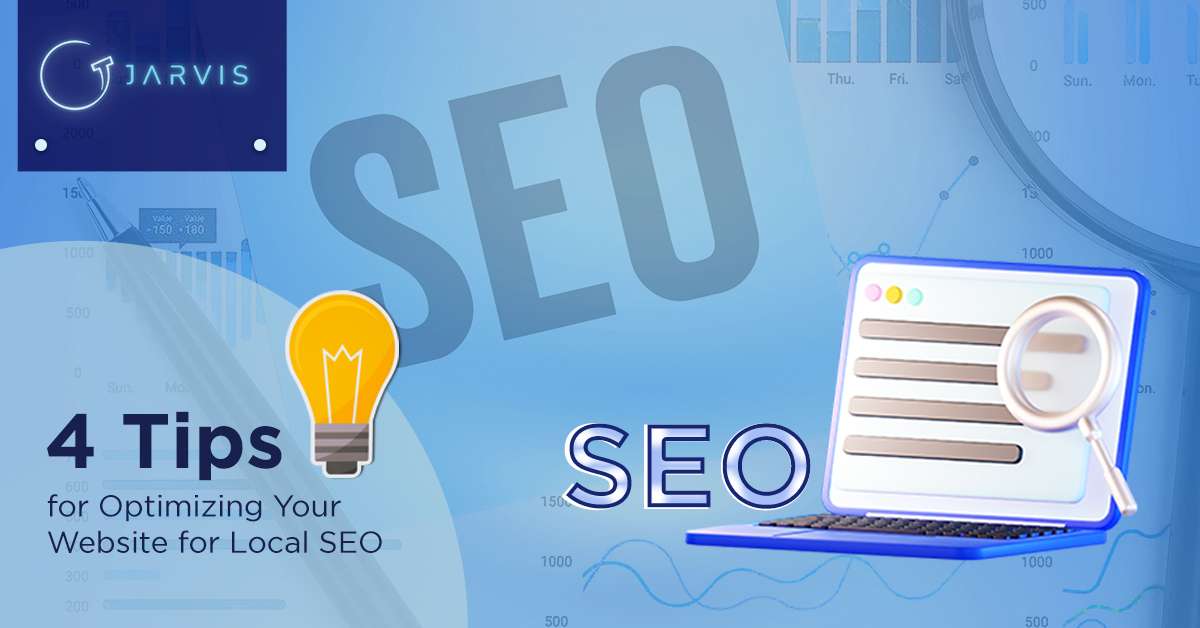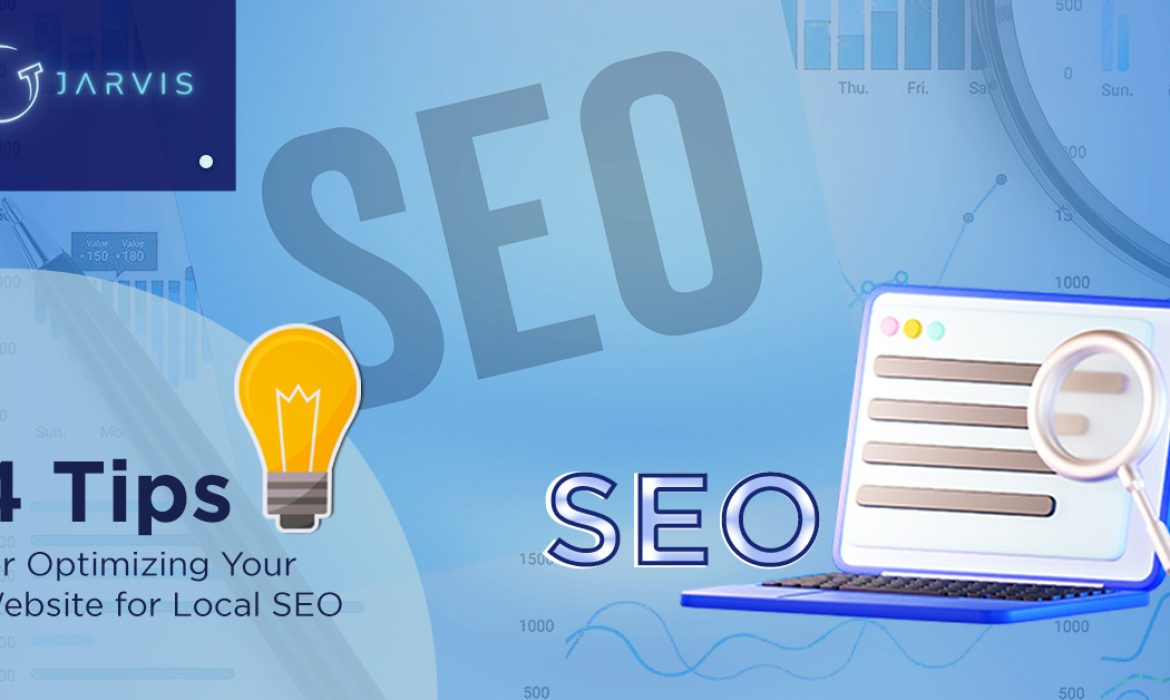4 Tips for Optimizing Your Website for Local SEO

Optimizing your website for local SEO can be daunting, but it doesn’t have to be. By taking the right steps, you can ensure that your website is properly optimized to reach local customers and increase your visibility in local search engine results. In this blog post, we’ll look at 4 tips to help you optimize your website for local SEO, so you can maximize your reach and get more customers through your doors. So if you’re ready to get started, read on!
1) Research Keywords
When it comes to optimizing your website for local SEO, researching the right keywords is an essential part of the process. Start by thinking about the products or services you offer in your area, and make a list of relevant keywords that potential customers might use to find you. Use tools like Google’s Keyword Planner to get a better understanding of which keywords will be most effective.
Once you have identified the best keywords, use them throughout your website. Be sure to include them in your titles and meta descriptions, as well as in any other content you create. This will help to ensure that search engine robots identify your site as being relevant to local searches. Additionally, make sure to include city and regional information in your text to help further define the area you are targeting. By taking the time to research and include the best local keywords, you can give your website a better chance of appearing in local searches.
2) Optimize Your Title Tags and Meta Descriptions
Title tags and meta descriptions are a key part of optimizing your website for local SEO. Title tags are the text that appear in the top bar of a web browser and are used to help users understand what the page is about. Meta descriptions, on the other hand, are short snippets of text that appear below the title tag in the search results. They give an overview of the content on the page and can influence whether or not someone clicks on it.
When optimizing your title tags and meta descriptions for local SEO, make sure to include relevant keywords and phrases related to your business. Also, try to make your title tag descriptive and catchy enough to make people want to click on it. Additionally, make sure to include location information in both your title tag and meta description. This will help potential customers find you when searching for local businesses in your area.
When writing meta descriptions, keep them short and concise (under 155 characters). Make sure that the language used is inviting and clear so that readers know exactly what to expect when they click on the page. You want people to click on your page and not bounce away, so make sure that you include a call to action as well as enticing language in your meta descriptions.
By optimizing your title tags and meta descriptions for local SEO, you’ll be able to attract more customers from your target area and increase your chances of ranking higher in search engine results. Make sure to take the time to research keywords related to your business, create compelling titles and descriptions, and always remember to include location information so that potential customers can find you.
3) UPDATE NAP CITATIONS ON YOUR WEBSITE
Having correct and up-to-date citations, or Name Address Phone (NAP) citations, is a must for local SEO. NAP citations are references to your business name, address, and phone number on other websites and directories, and they should match the information you provide on your website. This consistency is important to ensure your online presence is properly represented in the search engines.
To check the accuracy of your NAP citations, you can use a tool such as Moz Local or BrightLocal. These tools allow you to scan the web for all the places where your business is listed and check for any discrepancies between them. If there are any incorrect listings, you can then take steps to have them corrected. Additionally, it’s important to build as many citations as possible for your business in order to reach a wider audience and increase visibility.
Finally, keep an eye out for opportunities to create high quality NAP citations from authoritative websites like local media outlets, chambers of commerce, and professional organizations. As long as the listing is accurate and up-to-date, these citations will help your website rank higher in local search results.
4) OPTIMIZE YOUR HOMEPAGE
If you want to improve your local SEO, optimizing your homepage is crucial. Your homepage is the face of your business online and the first impression for potential customers. By optimizing your homepage for local SEO, you increase your chances of appearing in local search results, attracting local customers, and ultimately growing your business. Here are a few tips on how to optimize your homepage for local SEO:
Include Your Business Name, Address, and Phone Number (NAP): Make sure your NAP information is prominently displayed on your homepage. This information should also be consistent across all online directories and platforms where your business is listed.
Add Location-Specific Keywords: Incorporate location-specific keywords into your homepage content, meta descriptions, and header tags. This will help search engines understand the relevance of your website to local searchers.
Optimize Your Page Titles and Meta Descriptions: Your page titles and meta descriptions should accurately reflect the content of your homepage and include relevant keywords. Keep them concise and engaging to entice searchers to click through to your website.
Use High-Quality Images and Videos: High-quality images and videos can help showcase your business and create a more engaging user experience. Be sure to include alt text and captions with location-specific keywords.
Provide Clear Calls-to-Action: Make it clear what actions you want users to take when they visit your website. Include prominent calls-to-action that encourage visitors to contact you or visit your business.
You can also read Local SEO Related Blogs:



